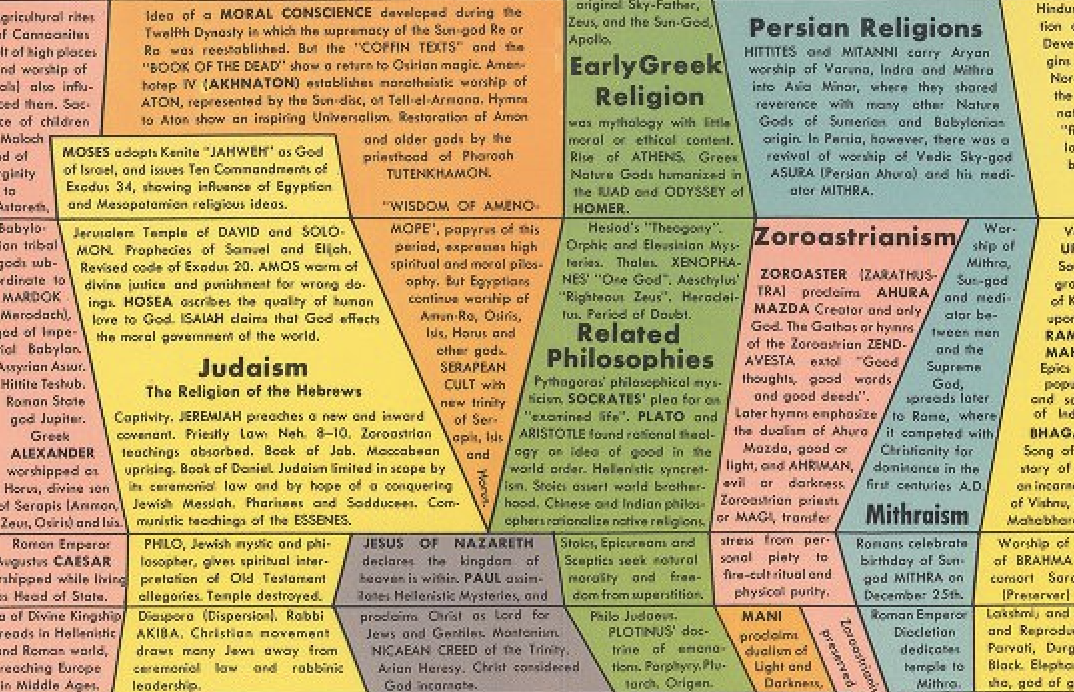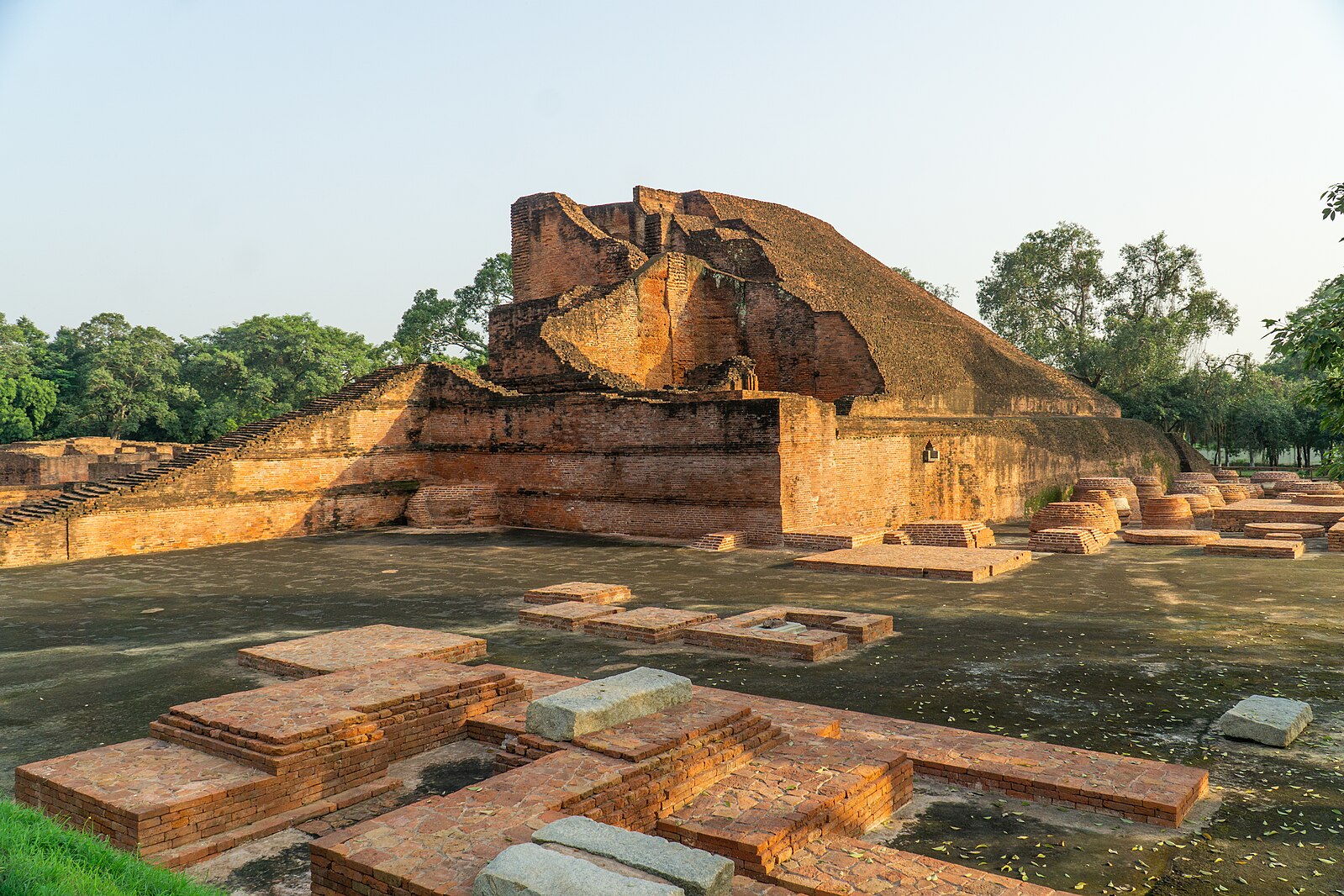We now live, as one often hears, in an age of few musical superstars, but towering ones. The popular culture of the twenty-twenties can, at times, seem to be contained entirely within the person of Taylor Swift — at least when the media magnet that is Beyoncé takes a breather. But look past them, if you can, and you’ll find formidable musical phenomena in the unlikeliest of places. Take the Poor Clares of Arundel, a group of singing nuns from Sussex who, during the COVID-19 pandemic, “smashed all chart records to become not only the highest-charting nuns in history, but also the UK’s best-selling classical artist debut,” reports Classic FM’s Maddy Shaw Roberts.
“Music is at the heart of the nuns’ worship,” writes the Guardian’s Joanna Moorhead, but the idea of putting out an album “came about initially as a bit of a joke.” Not long after receiving a visit from a curious music producer, the singing Poor Clares — skilled and unskilled alike — found themselves in a proper recording studio, laying down tracks.
Roberts describes the resulting debut Light for the World as “a collection of Latin hymns produced for a twenty-first century audience, bringing calm and beauty during a time when so many were separated from their loved ones.” Just a few weeks ago, they released its follow-up May Peace I Give You, the video for whose title track appears at the top of the post.
May Peace I Give You comes from Decca Records, a label famous in part for their rejection, in 1962, of a scruffy rock-and-roll band called the Beatles. Presumably determined not to make the same mistake twice, they’ve since taken chances on all manner of acts, starting with the Rolling Stones; over the decades, they’ve reached beyond the well-trodden spaces in popular and classical music. The success of the Poor Clares goes to show that this practice continues to pay off, and that — like the popular Gregorian chant and gospel booms of decades past — venerable holy music retains its resonance even in our trend-driven, not-especially-religious age. And as the promotion of their new Abbey Road-recorded album proves, even for the monastically disciplined, some temptations are irresistible.
via Classic FM
Related content:
Manuscript Reveals How Medieval Nun, Joan of Leeds, Faked Her Own Death to Escape the Convent
Based in Seoul, Colin Marshall writes and broadcasts on cities, language, and culture. His projects include the Substack newsletter Books on Cities, the book The Stateless City: a Walk through 21st-Century Los Angeles and the video series The City in Cinema. Follow him on Twitter at @colinmarshall or on Facebook.






